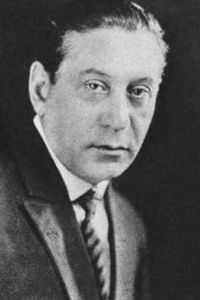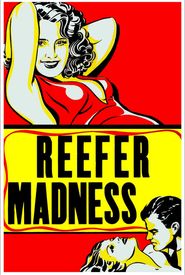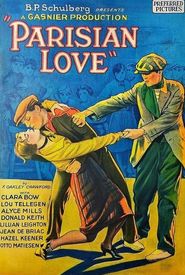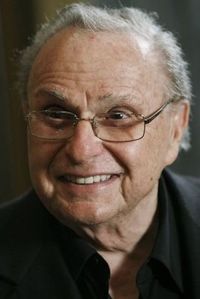Louis J. Gasnier, a renowned French film director, emerged onto the scene on September 15, 1875, in the vibrant city of Paris, France. Prior to his foray into the world of cinema, Gasnier honed his skills in the realm of theatre, where he gained valuable experience and developed a strong foundation for his future endeavors. It was during this period that he caught the attention of Pathé, a pioneering film production company, which subsequently recruited Gasnier to join their ranks and contribute to the development of the early days of cinema. Gasnier's impressive directorial skills were soon put to the test as he collaborated with the charismatic comedian, Max Linder, on numerous short comedies, thus solidifying his reputation as a masterful filmmaker.
Gasnier's journey across the Atlantic in the year 1912 marked the beginning of a new chapter in his illustrious career, as he arrived in the United States with a sense of adventure and a burning desire to make a name for himself in the world of filmmaking. His initial foray into the American scene was met with great success, as he quickly gained recognition by working on a string of prestigious productions that would cement his status as a talented and innovative filmmaker.
One of the most notable collaborations of Gasnier's early American career was his partnership with the legendary Pearl White, a pioneering actress and stunt performer who was known for her daring exploits on screen. Together, Gasnier and White brought to life the thrilling serial "The Perils of Pauline", a groundbreaking production that would go on to captivate audiences around the world with its non-stop action, suspense, and drama.
In addition to his work on "The Perils of Pauline", Gasnier also had the opportunity to create several other star vehicles with Pearl White, further solidifying his reputation as a skilled and versatile filmmaker. These productions not only showcased White's remarkable talents as an actress and stunt performer, but also demonstrated Gasnier's ability to craft compelling stories and characters that would resonate with audiences.
As Gasnier's career trajectory took a downward turn with the dawn of the sound era, he found himself relegated to producing low-budget B movies, a far cry from the cinematic heights he had once scaled.
Despite this professional setback, Gasnier's most renowned film, Reefer Madness, released in 1936, has managed to transcend its initial artistic shortcomings to become an enduring cultural phenomenon.
The film's heavy-handed, melodramatic propaganda message, while intended to educate and warn, has instead become a source of fascination and entertainment for many, earning it a devoted cult following that continues to thrive to this very day.
The film, despite its humble origins as an ultra-cheap exploitation movie from the 1930s, has managed to transcend its limited distribution upon original release, and is now widely available in the public domain, readily accessible on DVD, and has been consistently showcased on numerous terrestrial and cable TV channels, a testament to its enduring popularity and appeal.
Benjamin B. Gasnier, the renowned film director, continued to make a lasting impact on the cinematic world after the release of the cult classic Reefer Madness. Over the course of the next decade, he directed an impressive total of eight more films, cementing his reputation as a talented and prolific filmmaker.
As his career began to wind down, Gasnier eventually retired from the film industry in 1941, marking the end of an era for this accomplished director.
Years later, Gasnier's life came to a close in Hollywood, California, where he passed away at the ripe age of 87, leaving behind a legacy that continued to inspire and entertain generations to come.
Gasnier's remarkable journey, marked by both creative triumphs and personal achievements, serves as a testament to his enduring impact on the world of film.






























